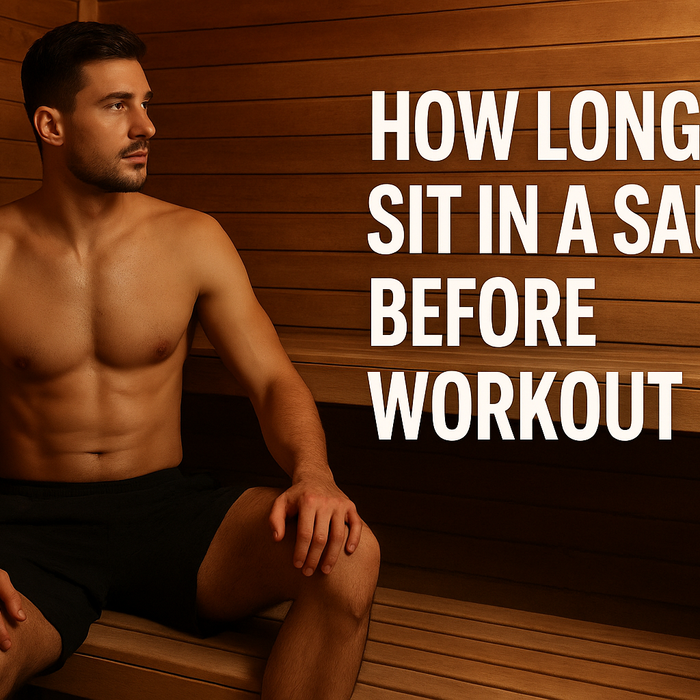*Havenly 及其关联公司不提供医疗指导。医疗建议请咨询执业医生。本网站包含的所有信息仅供参考。使用我们产品的结果因人而异,我们无法提供立即永久或有保证的解决方案。我们保留更改文章中任何内容的权利,恕不另行通知。Havenly 对印刷差异不承担任何责任。


If you’re ready to invest in a cold plunge and weighing your options, you’ve likely come across tubs with built-in chillers. These self-cooling units promise precise temperature control and convenience—but are they worth the extra cost? In this guide, we break down the pros and cons, performance differences, and who should (or shouldn't) choose a cold plunge with a built-in chiller.
Explore our full range of Cold Plunges and see if one of our premium chiller-equipped tubs fits your lifestyle and recovery goals.
A built-in chiller is an integrated refrigeration system that actively cools your cold plunge water to a specific temperature—usually between 37°F and 55°F. Instead of adding ice or connecting to an external unit, these chillers continuously regulate water temperature to your preferred setting, providing an "always ready" cold plunge experience.
Many chillers also include a built-in filtration system for cleaner, safer water. One example is the handcrafted Breathe Degrees Mahogany Cold Plunge Tub, which features both a built-in chiller and a high-efficiency filter system.

Chillers work much like mini air conditioners. They use refrigerant, fans, and compressors to cool the water, usually down to the low 40s in 4–6 hours. Most models use between 500–1000 watts, depending on ambient temperatures and water volume. If your plunge is outdoors in a hot climate, expect longer cooling times and more energy consumption.
Many chillers include energy-saving features like timers or smart thermostats that cycle cooling based on usage schedules.
Cold plunge tubs with chillers require slightly more upkeep than their passive counterparts. Here’s what to expect:
All things considered, maintenance is minimal and easy to manage—especially compared to hauling ice bags or draining and refilling the tub every few uses.
If you’re ready to take the plunge, here’s our top recommendation:
Need financing? Check out our Financing Options to break your purchase into easy monthly payments.

Not everyone needs a built-in chiller. You may want to skip it if you:
For these users, a passive cold plunge tub with thick insulation may be enough—especially if used in a cold climate or kept in a cooled space.
Cold plunge tubs with built-in chillers are a worthwhile investment for anyone who wants convenience, consistent performance, and year-round readiness. While they cost more upfront and use electricity, the time savings, water quality, and enhanced user experience often make them the superior choice—especially for athletes, busy professionals, and wellness enthusiasts.
Explore our collection of Cold Plunges to find the best model for your space and routine. And if you're ready for the ultimate plunge, the Breathe Degrees Cold Plunge is a top-tier option you won't regret.
*Havenly 及其关联公司不提供医疗指导。医疗建议请咨询执业医生。本网站包含的所有信息仅供参考。使用我们产品的结果因人而异,我们无法提供立即永久或有保证的解决方案。我们保留更改文章中任何内容的权利,恕不另行通知。Havenly 对印刷差异不承担任何责任。
发表评论